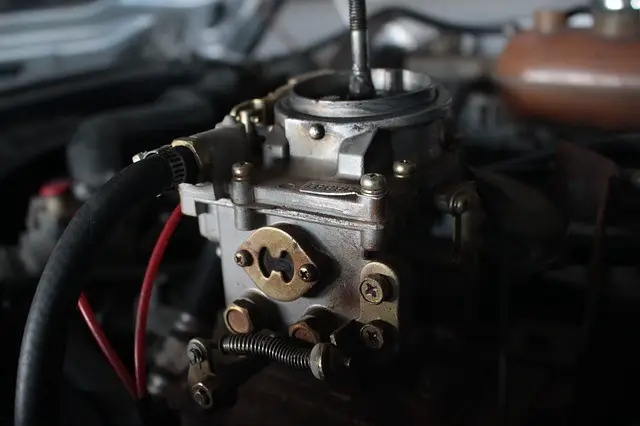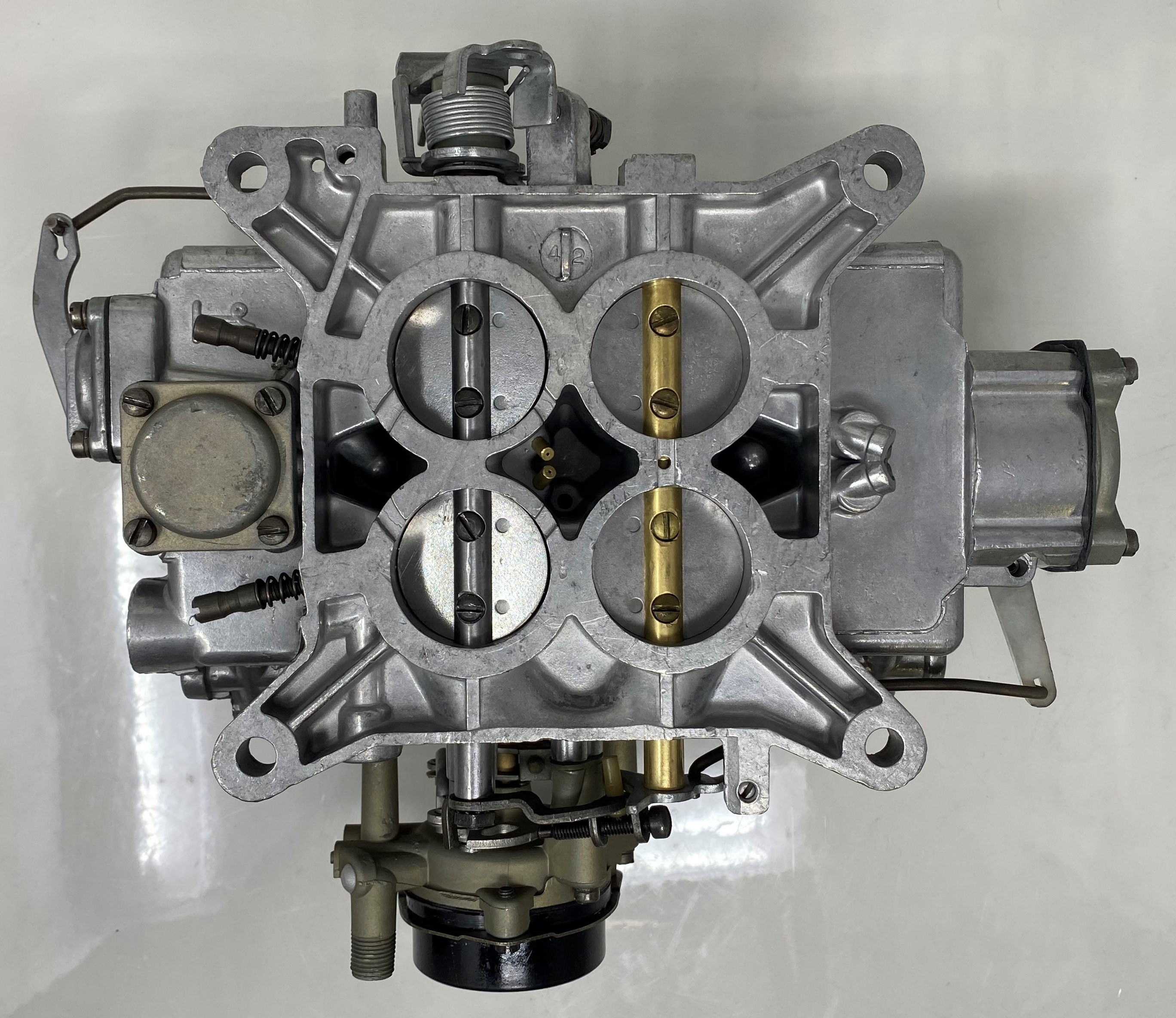Alright, so someone asked me the other day, “Hey, when did cars actually stop using carburetors?” And it got me thinking, because it wasn’t like one day they were in, and the next they were out. It was more of a slow fade, you know?

I remember messing around with cars back then, and it felt like a real shift. You’d pop the hood on one car and there’s that familiar round air cleaner sitting on top of the carb. Then the next, a newer model, and it’s all different – fuel rails, injectors, a bunch of wires. It was a bit of a learning curve for us driveway mechanics, I tell ya.
So, what was the deal?
From what I gathered and experienced, the main push started in the late 1970s and really picked up steam through the 1980s. It wasn’t a single year, no sir. It was a gradual thing. Here’s what I dug up and pieced together from my own tinkering and asking around:
- Emissions, emissions, emissions: This was the big one. Governments, especially in the US, started getting serious about air pollution. Carburetors, bless their simple hearts, just weren’t precise enough to meet those new, stricter standards. They’d mix fuel and air, sure, but it was a bit of a rough guess compared to what was needed.
- Fuel injection to the rescue: Electronic Fuel Injection (EFI) was the new kid on the block. It could deliver fuel way more accurately, responding to all sorts of things like engine temperature, load, and speed. This meant cleaner burning, better fuel economy, and smoother running.
- Performance and drivability: EFI generally gave better cold starts, smoother idling, and better throttle response. No more pumping the gas pedal on a cold morning hoping the choke was set right!
By the mid-1980s, a lot of new cars, especially the fancier ones or those sold in places with tough emissions laws (like California), were already fuel-injected. But carburetors hung on for a while longer, especially in:
- Entry-level models: Cheaper to make, so they kept costs down on basic cars.
- Trucks: Some trucks kept carbs a bit longer, probably for simplicity and cost too.
- Certain markets: Not every country adopted strict emissions rules at the same pace.
I’d say by the early 1990s, it was pretty much game over for carburetors in new passenger cars in most developed countries. You might find a few stragglers, maybe some specialty vehicles or very basic utility vehicles in other parts of the world, but the mainstream had moved on.
My Own Carburetor Battles
Now, why do I remember this stuff so clearly? Well, I had this old beater, a 1983 pickup truck, that I bought for next to nothing back in the late 90s. It was my workhorse. It had a carburetor, of course. And let me tell you, that thing was both my best friend and my worst enemy. Most cars my buddies had by then were fuel injected, zipping around, starting easy. Me? I was still learning the ancient art of carburetor tuning.

I remember one winter, it was particularly brutal. Every morning, it was a ritual. Go out, pop the hood, fiddle with the choke (it was an automatic choke that never quite worked right), pump the gas just so, and pray. Sometimes it started, sometimes it flooded. My neighbor, old Mr. Henderson, he had a newer fuel-injected sedan. He’d just hop in, turn the key, and VROOM, off he went, probably chuckling at me wrestling with my truck.
The thing that really sticks in my mind was trying to pass the emissions test. My state had just brought in testing, even for older vehicles. That carburetor, no matter how much I cleaned it, rebuilt it (twice!), or adjusted the mixture screws, it was always a gamble. I’d spend a whole weekend tweaking it, get it running what I thought was “clean,” then take it to the test station, hold my breath… and fail. Usually by a hair. The guys at the testing station knew me by name. One fella there, young guy, probably fresh out of tech school, he’d look at my printout and say, “Man, if this thing just had fuel injection, you’d be golden.” He wasn’t wrong.
I learned so much about how engines fundamentally work because of that stubborn carburetor. Things like vacuum leaks, float levels, jet sizes – stuff that kids learning on modern cars might never really have to get their hands dirty with in the same way. It was frustrating, sure, but it was a real education. Eventually, I got that truck to pass, but it took borrowing a “special” carburetor from a buddy who knew all the tricks for the test, if you catch my drift. After the test, my old, faithful, cantankerous carb went back on.
That whole experience, fighting with that carb while the world was moving to EFI, it really hammered home why the change happened. It wasn’t just about new tech for tech’s sake; it was about reliability, efficiency, and cleaning up the air. When I finally sold that truck and got something with fuel injection, it felt like stepping into the future, even though EFI had been around for years by then. No more morning rituals, just turn the key and go. It was almost boring!
So yeah, that’s my two cents on it. The switch from carburetors wasn’t overnight, but by the early 90s, they were pretty much a thing of the past for new cars. And while I don’t miss the headaches, I do appreciate the simplicity of those old mixers sometimes.
